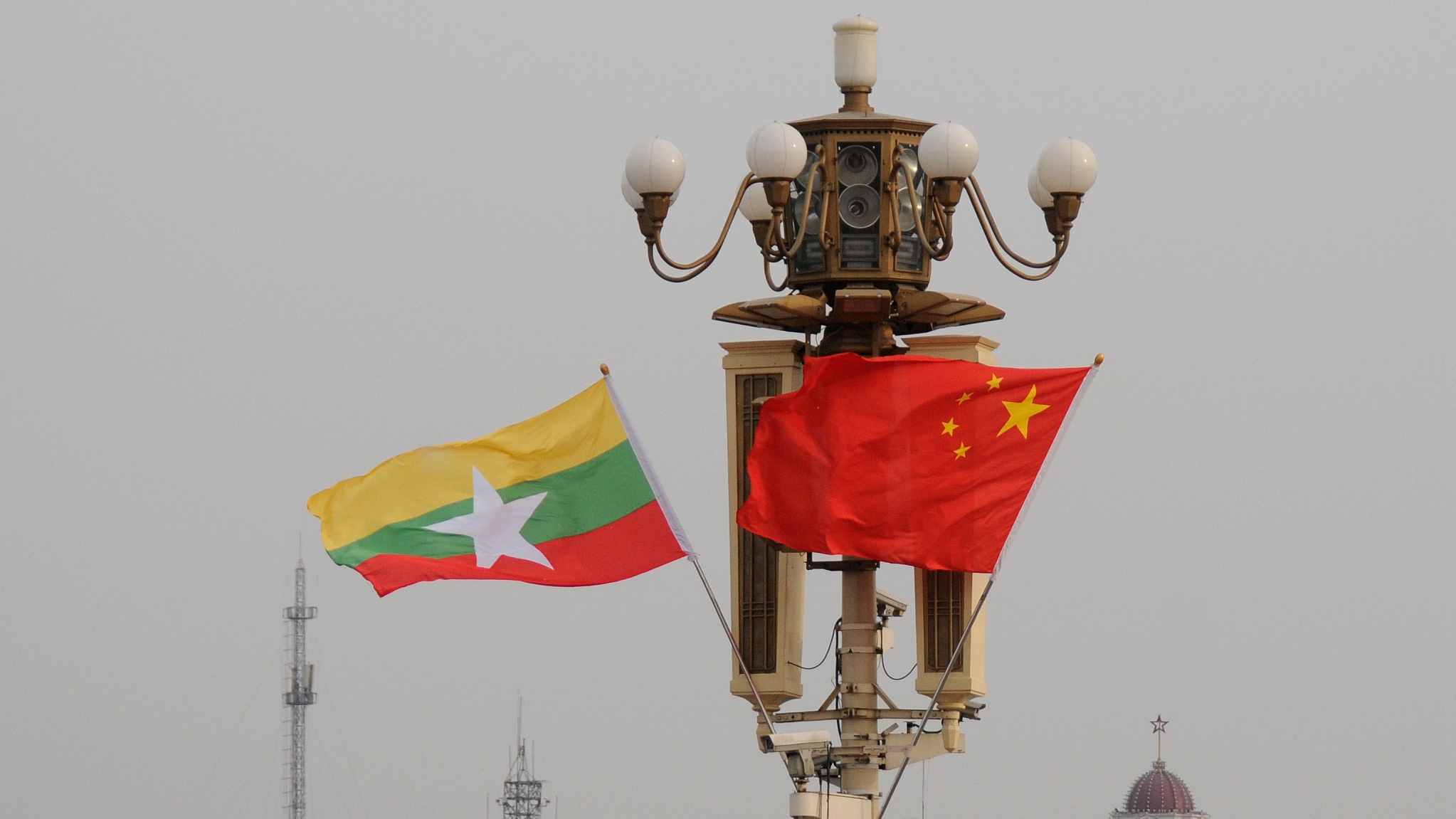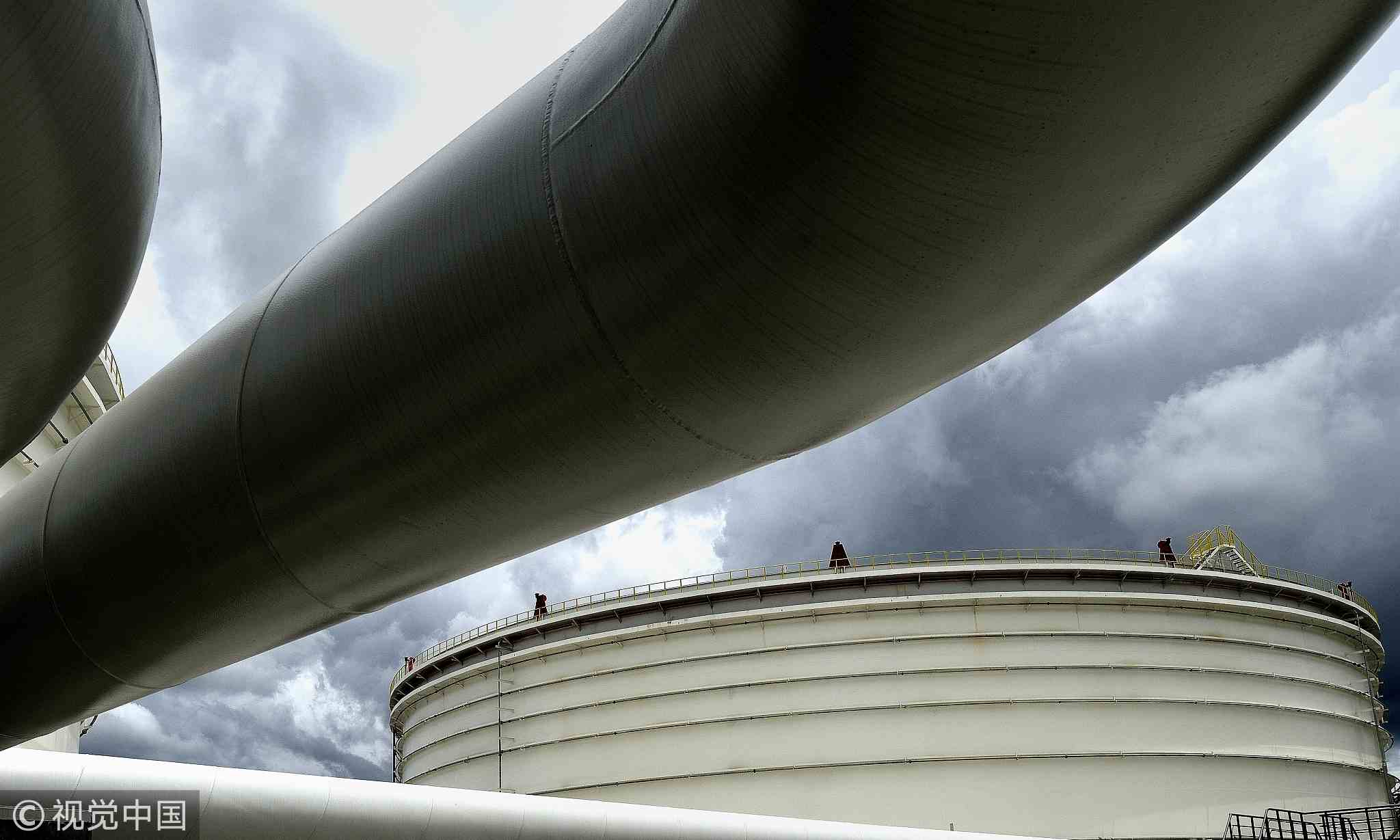
Opinions
15:23, 21-Sep-2018
Opinion: China-Myanmar Economic Corridor will overcome hurdles
Updated
15:17, 24-Sep-2018
Feng Da Hsuan and Liang Haiming

Editor's note: Feng Da Hsuan is chief adviser to the China Silk Road iValley Research Institute and former vice president for research at the University of Texas at Dallas, and Liang Haiming is chairman of the China Silk Road iValley Research Institute and a visiting scholar at Princeton University. The article reflects the authors' opinion, and not necessarily the views of CGTN.
Recently in Beijing, China and Myanmar signed a memorandum of understanding (MOU) to unveil the construction of a China-Myanmar economic corridor (CMEC). As part of China's Belt and Road Initiative, CMEC aims to promote economic development and cooperation between two countries.
In the past year, we have conducted three field research sessions in Myanmar. We discovered that even with CMEC in place, Chinese corporations, especially private ones, should and must pay attention to the following factors.

China Myanmar crude oil pipeline on January 25, 2015. /VCG Photo
China Myanmar crude oil pipeline on January 25, 2015. /VCG Photo
First, we found out that Myanmar businessmen, especially the ethnic Chinese ones, are familiar with China. In reverse, the Chinese businessmen know far less about Myanmar. It is not surprising that in business dealings, the Chinese clearly would hold the short end of the stick.
During our surveys, we had extensive discussions with Myanmar business leaders. We were amazed that nearly all displayed significant familiarities with Chinese policies, even loopholes, from the days of “reform and opening” until the present day. We also found that whether it be top notch or common hotels, channels such as China Central Television (CCTV2 and CCTV4), and Phoenix are readily available.
Clearly, this indicates that before investing in Myanmar, the Chinese companies must arm themselves with an in-depth understanding of the ways and means of Myanmar, in business or otherwise.
Second, it is our suggestion that Chinese private enterprises investing in Myanmar should target “light-weighted goods” and avoid “heavy-weighted goods.” Once again, the recent unpleasant experience of Malaysia, vis-à-vis highspeed rail and underwater gas pipelines projects, became “easy hostages.” As a result, the Chinese companies were forced to compromise and accept losses. As one of us (Liang Haiming) had pointed out three years ago (FT Chinese edition) that it is well known that it is exceedingly difficult for investments in “heavy” projects to achieve success.
A lesson learned in studying the global successes of European brand-named clothing, watches, or Japanese and Korean electronic products is that it must be successful in one or more business segmentation, namely geographical, population and behavior. This is a lesson that the Chinese corporations must be well aware of if they were to make investments in Myanmar.
It should also be noted that Myanmar's agriculture, especially aquaculture, is also worthy of attention. However, while Myanmar is rich in fishery resources, it is backward in its infrastructure. As a result, its breeding level, fishing level and capacity, aquatic product processing capacity and quick-freezing equipment are relatively primitive.
With this, it surely presents Chinese companies with significant business opportunities. Furthermore, the development of aquaculture must involve people's livelihoods. This can bring tangible benefits to the people of Myanmar and gain their wholehearted support.

Yangon, Myanmar on November 6th, 2014. /VCG Photo
Yangon, Myanmar on November 6th, 2014. /VCG Photo
Third, it is imperative that Chinese enterprises investing in Myanmar seriously consider collaborating with European, American and Japanese companies. Myanmar was a former British colony and during WWII was occupied by Japan. With that background, the people of Myanmar prefer foreign products in the following order: Europe and the United States first, followed by Japan, South Korea, and China's Hong Kong and Taiwan. Chinese mainland products are at the tail end.
This is not discriminatory against Chinese products, but simply a manifestation of consumption habits and perceptions, which will take a long time to alter. It should also be pointed out that joint investments can have the advantage of spreading the investment and political risks, and can reduce the confrontation between Chinese and Western companies. It can also increase hedging and cooperation spaces.
Simply put, although the CMEC is temporarily suffering from a cold reception, we believe that it is an excellent endeavor. Even though there are low expectations from the outside world, it actually has, on the one hand, reduced expectations in order to provide space and time for the construction of CMEC. For this, we believe that CMEC can be a great step forward for the BRI.
(If you want to contribute and have specific expertise, please contact us at opinions@cgtn.com)

SITEMAP
Copyright © 2018 CGTN. Beijing ICP prepared NO.16065310-3
Copyright © 2018 CGTN. Beijing ICP prepared NO.16065310-3